Comments / Questions (11)
![]() Aida wrote:
Aida wrote:
I know I've seen this pattern in the knitting version but now I can't find it. Could you help?
21.11.2022 - 00:02DROPS Design answered:
Dear Aida, we only have this knitted bookmarker: https://www.garnstudio.com/pattern.php?id=5357&cid=19. We don't have a knitting version of this pattern, but you may customize it yourself. Here is a knitting pattern with a similar head to this bookmarker: https://www.garnstudio.com/pattern.php?id=5909&cid=19. Happy knitting!
21.11.2022 - 01:11
![]() Loredana wrote:
Loredana wrote:
Ho realizzato questo segnalibro con i colori bianco e azzurro, simpaticissimo.
22.07.2013 - 15:06
![]() Claudia wrote:
Claudia wrote:
Ich glaube, es ist ein Fehler in der Anleitung. Wenn der Körper gehäkelt wird, startet man mit 5 fM, dann werden 2 fM in jede fM gehäkelt = 10fM. So weit, so gut. Dann heßt es weiter: 2 fM in jede fM = 15 fM. Das sind dann aber 20fM. Ich hab's ausprobiert und denke, das sind zu viel. Daher vermute ich, dass es heißen müsste: 2 fM in jede 2. fM. Oder?
28.11.2012 - 21:46DROPS Design answered:
Liebe Claudia, vielen Dank für den Hinweis, Sie haben völlig Recht, es war ein Fehler in der Übersetzung, der ist jetzt korrigiert.
29.11.2012 - 09:47
![]() Geoffroy wrote:
Geoffroy wrote:
Bonjour, Non, non, pas "Madame" mais Monsieur :) j'ai regardé la vidéo mais ici c'est un tube donc si j'ai bien compris c'est pour fermer juste le bout du tube? merci pour tout ces bons conseils
16.11.2012 - 18:20DROPS Design answered:
Bonjour Monsieur et désolée :) Effectivement, vous crochetez à travers les 2 épaisseurs pour fermer le pied. Bon crochet !
17.11.2012 - 10:36
![]() Geoffroy wrote:
Geoffroy wrote:
Bonjour, Je n'ai pas trouvé d'erreur mais parcontre je n'ai pas compris cette phrase:" placer le pied en double et crocheter en ms dans les 2 épaisseurs. " comment fait-on? et aussi pour avoir les côtés bien droit et propre comme sur la photo au niveau des rayures? merci Cordialement
14.11.2012 - 09:05DROPS Design answered:
Bonjour Madame Geoffroy, vous pliez le pied pour crocheter ensemble et fermer : cf vidéo "Crocheter 2 pièces pour les assembler" dans notre vidéothèque. Pour changer de couleur, écoulez la dernière maille avec la couleur suivante - cf vidéo crocheter différentes couleurs. Bon crochet !
14.11.2012 - 09:44
![]() Htug wrote:
Htug wrote:
Gyuhijuj
24.11.2010 - 04:23
![]() Jeri wrote:
Jeri wrote:
I almost squealed when I saw this pattern. So cute! I am going to make one today! I love it!
27.09.2010 - 18:47
![]() Marit wrote:
Marit wrote:
Jeg synes det er litt rart at det er heklenål nr 2,5 og 28 fm / 10 cm. Er dette riktig? Skulle heller tro det var heklenål 2 eller 26 fm.
24.06.2010 - 23:14
![]() Antoff wrote:
Antoff wrote:
Merci beaucoup pour ce model. mon fils l'adore. tres simple a realiser. amicalement
06.12.2009 - 03:52
![]() LillySmuul wrote:
LillySmuul wrote:
I love it soooo much!
05.12.2009 - 03:05
Elf Help |
|
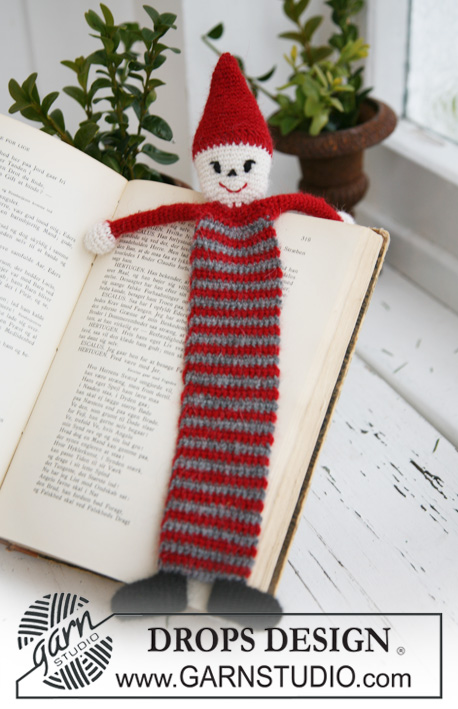 |
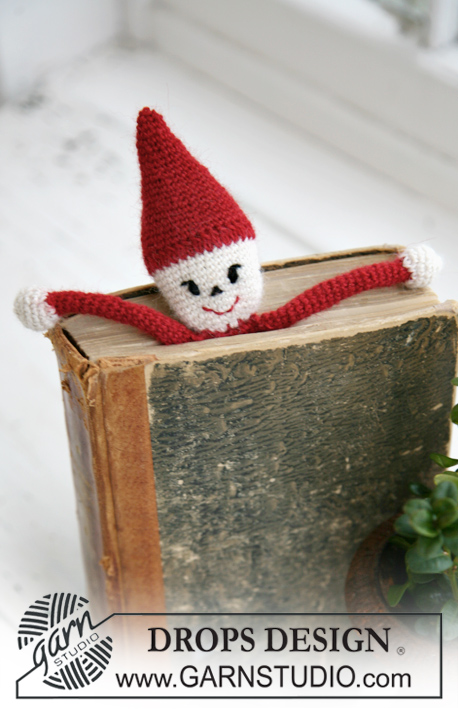 |
Crochet Santa Claus bookmark in DROPS Alpaca. Theme: Christmas
DROPS Extra 0-565 |
|
|
CROCHET TIP: Beg each round with 1 ch and finish each round with 1 sl st in ch from beg of round. -------------------------------------------------------- -------------------------------------------------------- SANTA BOOK MARK: First crochet the head and hat and then the body, the arms and hands and finish with the feet. Crochet with 1 thread and crochet hook size 2.5 mm/C/US 2. HEAD + HAT: Crochet 5 ch with off-white and form a ring with 1 sl st in first ch. ROUND 1: 8 sc in ring – SEE CROCHET TIP! ROUND 2: 2 sc in each sc = 16 sc. ROUND 3: * 1 sc in first sc, 2 sc in next sc *, repeat from *-* = 24 sc. ROUND 4: * 1 sc in each of the first 2 sc, 2 sc in next sc *, repeat from *-* = 32 sc. Now work 8 rounds with 1 sc in each sc. REMEMBER THE CROCHET GAUGE! Change to red. Crochet next round as follows for the rim of hat (replace first dc with 3 ch): * 1 dc in first sc, but wait with the last pull-through, crochet 1 dc in the same sc, but when doing the last pull-through pull thread through all 3 loops on hook *, repeat from *-* and finish round with 1 sl st in first st. Continue with 1 sc in each st until piece measures a total of 6 cm / 2⅜", fill a little stuffing in the head before continuing. Crochet next round as follows: * 7 sc, skip 1 sc *, repeat from *-* = 28 sc. Crochet 2 rounds with 1 sc in each sc. Crochet next round as follows: * 6 sc, skip 1 sc *, repeat from *-* = 24 sc. Crochet 2 rounds with 1 sc in each sc. Continue like this, i.e. dec 4 sts on every 3rd round until there are 4 sts left. Cut and tighten thread. BODY: Crochet 5 sc with red through sts at bottom edge of the head, turn with 1 ch and crochet 2 sc in each st on return row = 10 sc. Turn with 1 ch and crochet 2 and 1 sc alternately in each sc = 15 sc. Now continue with 1 sc in each sc and turn each row with 1 ch, AT THE SAME TIME crochet stripes as follows: *2 rows gray and 2 rows red* until body measures approx 20 cm / 8", cut the threads. ARM: Crochet 4 sc with red along one side of body at the top, then crochet 4 sc in the back of these = a total of 8 sc. Continue in the round on these 8 sts with 1 sc in each sc until arm measures 6 cm / 2⅜". HAND: Change to off-white. Crochet 1 round with 2 sc in each sc = 16 sc. Crochet 3 rounds with 1 sc in each sc, then crochet 2 sc tog across next round. Cut the thread, fill the hand with a little stuffing and tighten thread. Crochet the other arm + hand in the same way on the other side of body. FOOT: Crochet 5 ch with black and form a ring with 1 sl st in first ch. ROUND 1: 6 sc in ring ROUND 2: 2 sc in each sc = 12 sc. Continue in the round with 1 sc in each sc until piece measures approx 3.5 cm / 1¼", fill foot with a little stuffing and crochet tog at heel as follows: place foot double and crochet sc through both layers. Crochet the other foot in the same way and now sew feet to the bottom of body with approx 1.5 cm / ½" between them, and pointing outwards. FACE: Embroider eyes, nose and mouth. |
|
|
Have you made this or any other of our designs? Tag your pictures in social media with #dropsdesign so we can see them! Do you need help with this pattern?You'll find 8 tutorial videos, a Comments/Questions area and more by visiting the pattern on garnstudio.com. © 1982-2025 DROPS Design A/S. We reserve all rights. This document, including all its sub-sections, has copyrights. Read more about what you can do with our patterns at the bottom of each pattern on our site. Have you finished this pattern? |
|







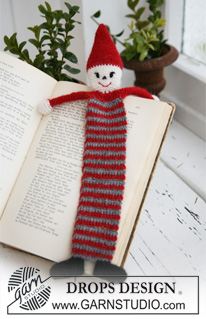
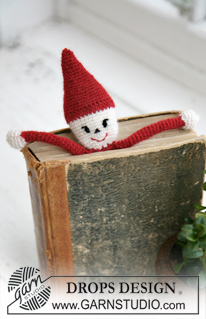





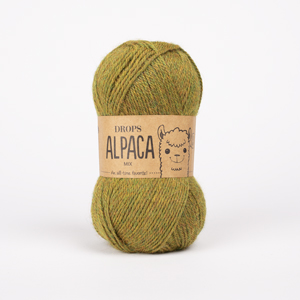


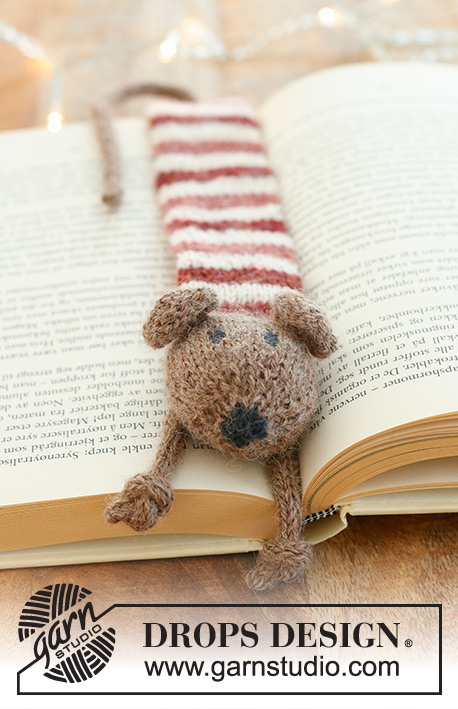
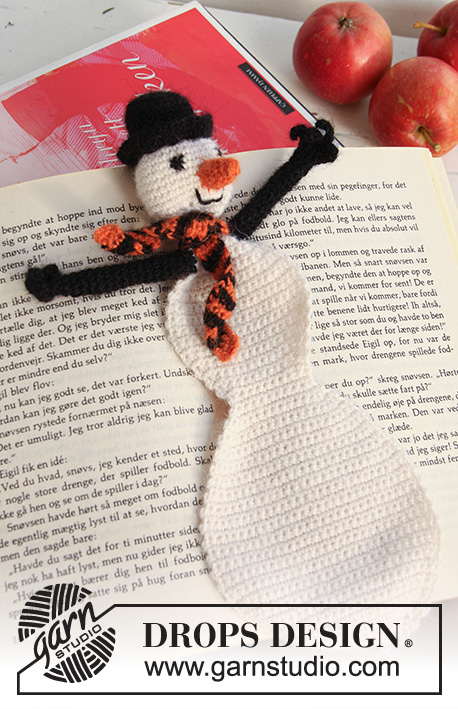
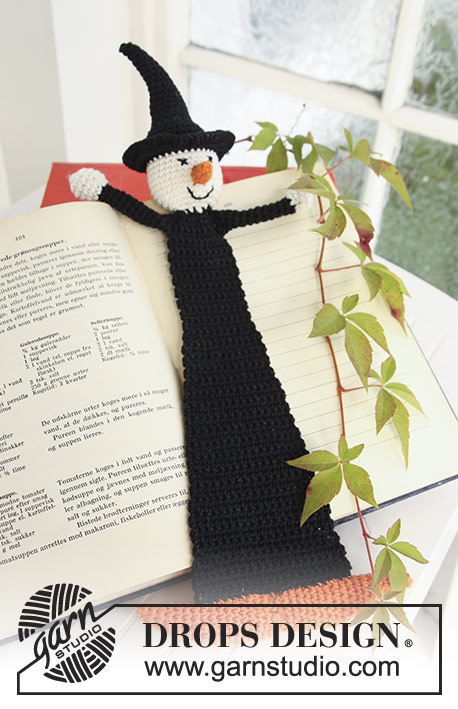
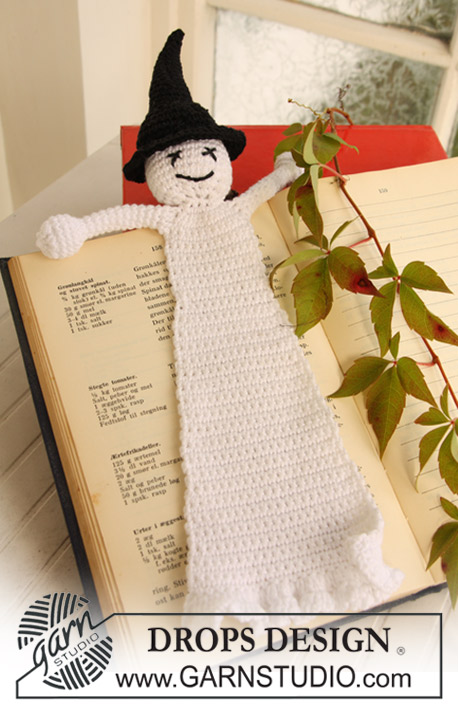











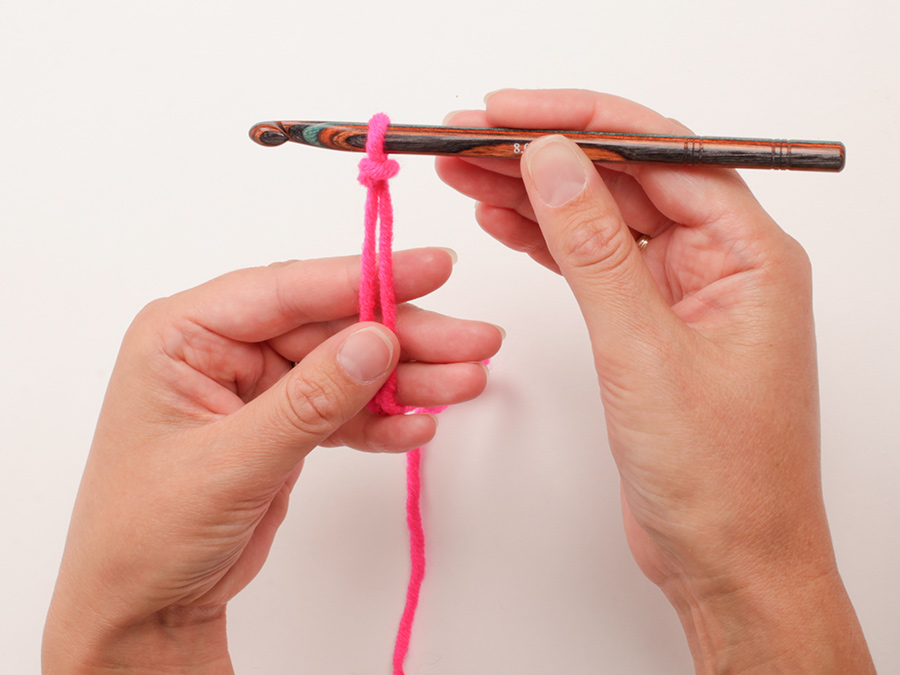
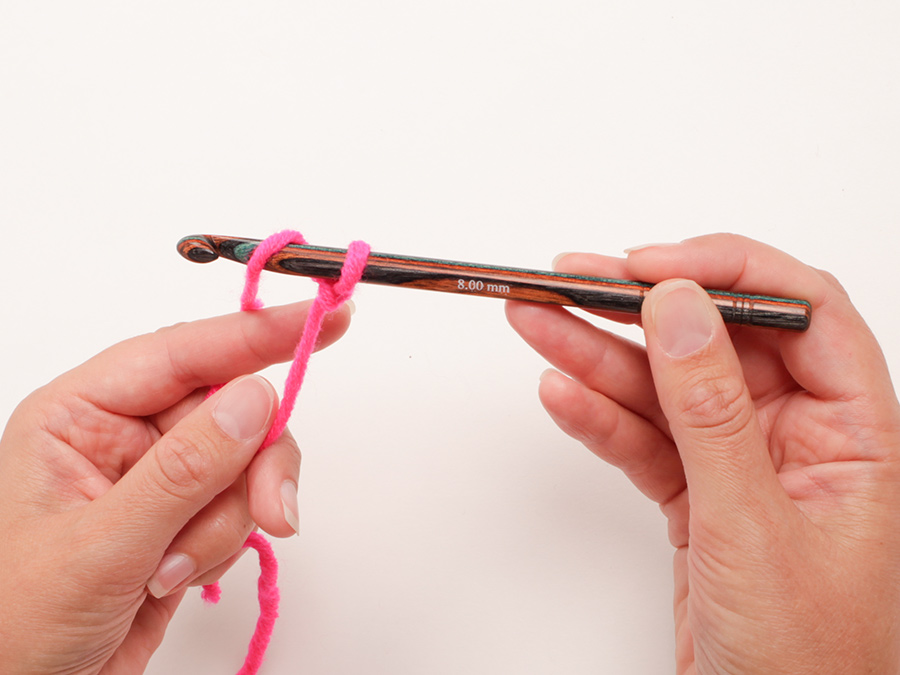
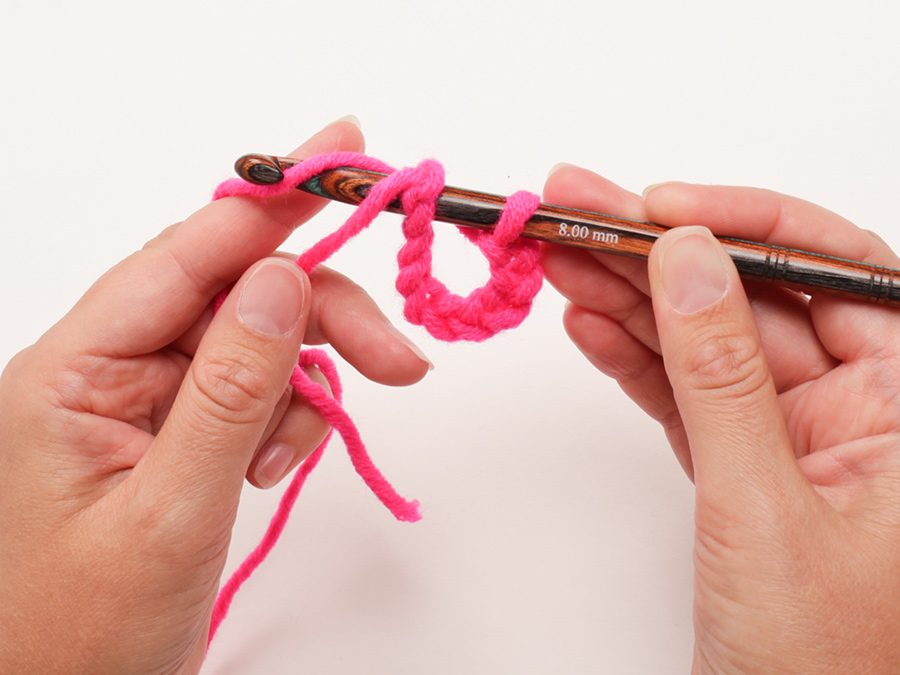
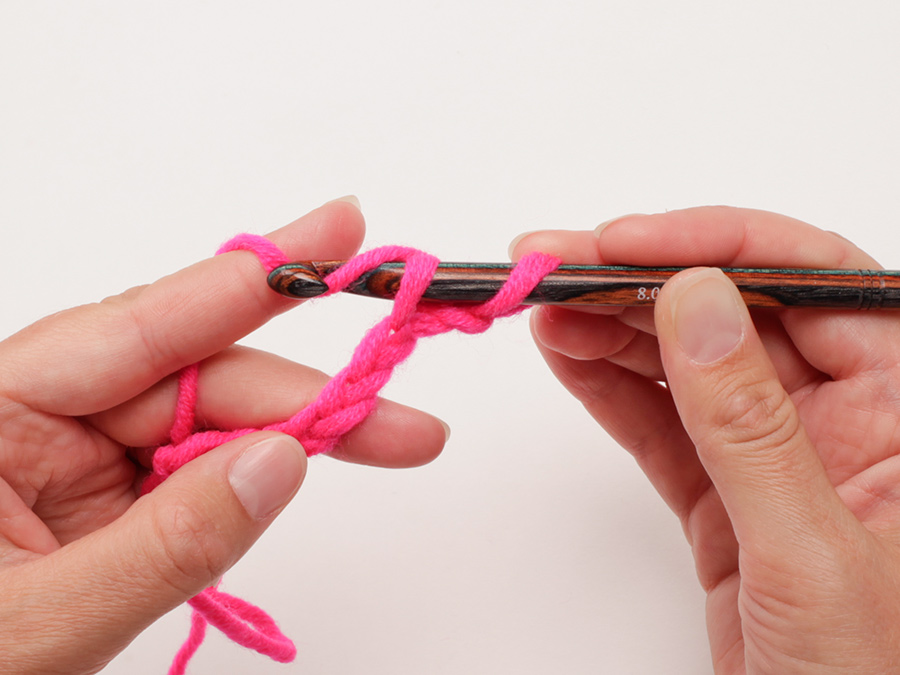






Post a comment to pattern DROPS Extra 0-565
We would love to hear what you have to say about this pattern!
If you want to leave a question, please make sure you select the correct category in the form below, to speed up the answering process. Required fields are marked *.